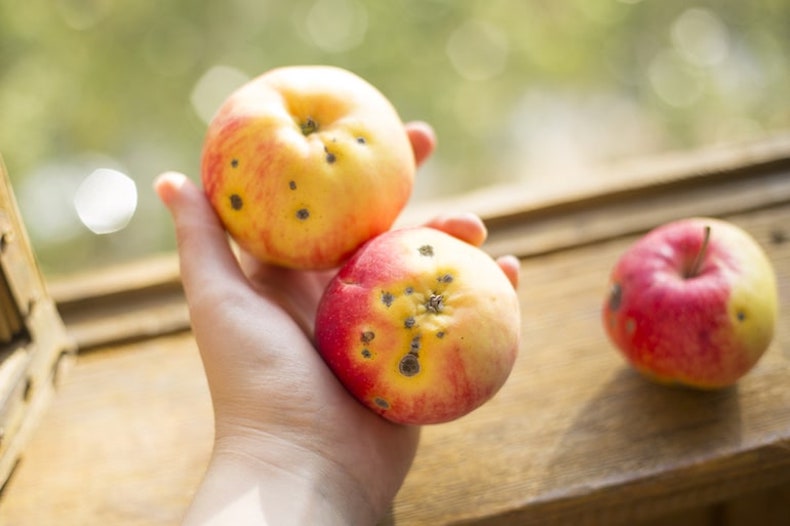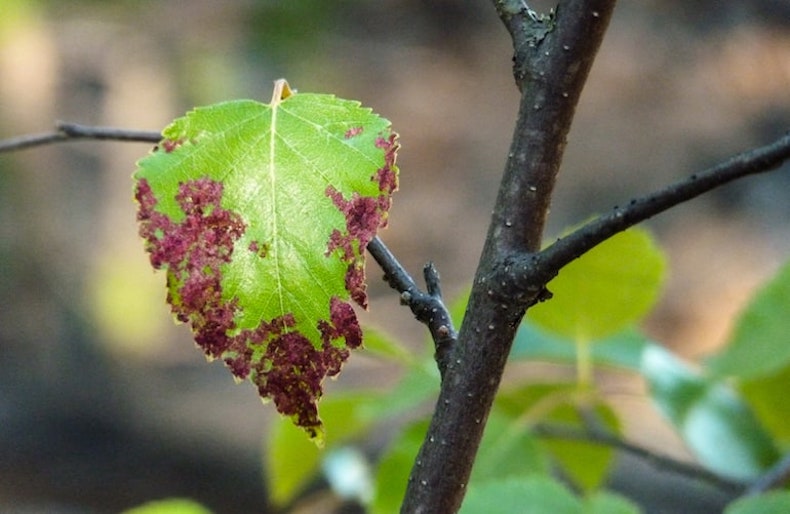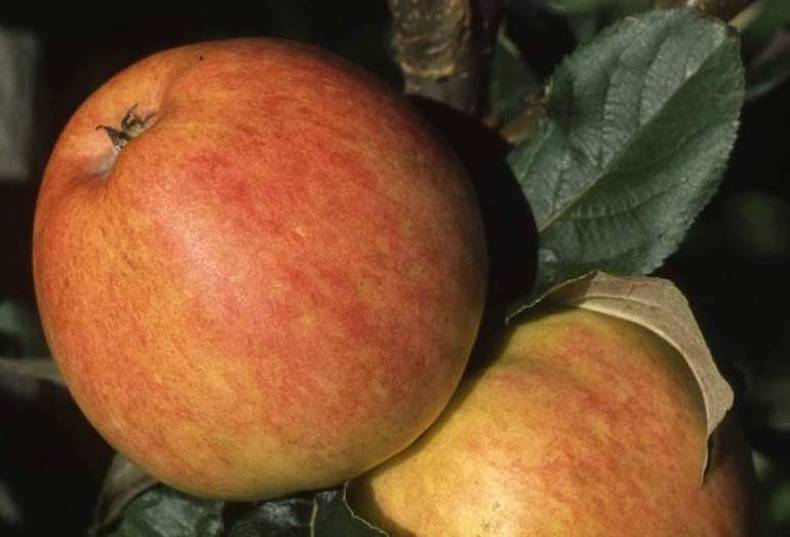Garden diseases - Apple scab

Not only is apple scab unsightly, it also damages the tree itself
Image: Evg Zhul/Shutterstock
Apple scab is a common condition which affects apple and pear trees. It attacks both leaves and fruit, and though it doesn't immediately threaten the tree, an uncontrolled infection weakens it, making it more susceptible to other diseases.
What is apple scab?

Apple scab is a windborn infection that turns leaves blotchy
Image: Tatahnka/Shutterstock
Apple scab is the common name for Venturia Inaequalis a primarily windborn fungus that can also spread via contaminated water. It overwinters on fallen leaves and fruit, and because it also affects wild-growing hawthorne, crab apple, and mountain ash trees as-well-as shrubs like pyracantha and cotoneaster, it’s hard to protect your trees against infection from other plants in the local area.
How to recognise apple scab
You’ll recognise an apple scab infection by yellow blotches which form on leaves during the spring. During the summer, the marks darken through olive green to dark brown. By July or August, trees typically shed affected leaves, reducing their overall ability to photosynthesise, lowering their resistance to disease.
Fruits grow greyish raised or pitted scabs which, because they don't grow at the same rate as the rest of the fruit, cause your apples or pears to become misshapen as they grow, and can cause cracking and splitting.
Venturia is a major problem for commercial growers who, if the spring is particularly cool and damp, sometimes lose up to 70% of their crop. As a home-grower, as long as you're happy to cut the affected sections from your fruit, apple scab won’t spoil your apples' texture and flavour.
How do you prevent apple scab?

Plant scab resistant varieties like 'Bardsey Island' which is scab and canker resistant
Image: Image: Apple 'Bardsey Island' by Thompson & Morgan
Should apple scab strike, make sure you remove and dispose of fallen leaves and fruit. This helps reduce the number of spores in the vicinity, lessening the severity of the infection and minimising the chance of reinfection the following year.
Have a chat with gardeners in neighbouring properties – if you all act promptly to deal with the problem, you maximise your chances of success. Unfortunately, if surrounding gardens and hedgerows contain infected plants, your own trees are much more likely to be reinfected.
It's no longer possible to buy fungicides for trees whose fruit is intended for human consumption. You may wish to treat the tree, at your own risk, with a fungicide intended for ornamental trees, however you'll need to treat the entire tree, and even then, reinfection from affected trees in the area is a strong possibility.
The best way to prevent scab is to choose resistant varieties like 'Bardsey Island' or 'Red Falstaff'. Otherwise, accept that if your trees become infected, you’ll just have to chop the bad bits from misshapen apples and pears, and enjoy the otherwise delicious fresh fruit regardless.
Other pages you might like
See all pests & diseases guides
Individual guides
Diseases
- Bacterial canker
- Blackleg
- Blossom wilt
- Botrytis
- Brown rot
- Clematis wilt
- Downy mildew
- Fungal disease
- Honey fungus
- Leaf scorch
- Leaf spot
- Leek rust
- Lily disease
- Peach leaf curl
- Pear rust
- Phytophthora root rot
- Potato & tomato blight
- Powdery mildew
- Silver leaf fungus
- Tomato greenback
- Tomato leaf curl
- Tomato stem canker







